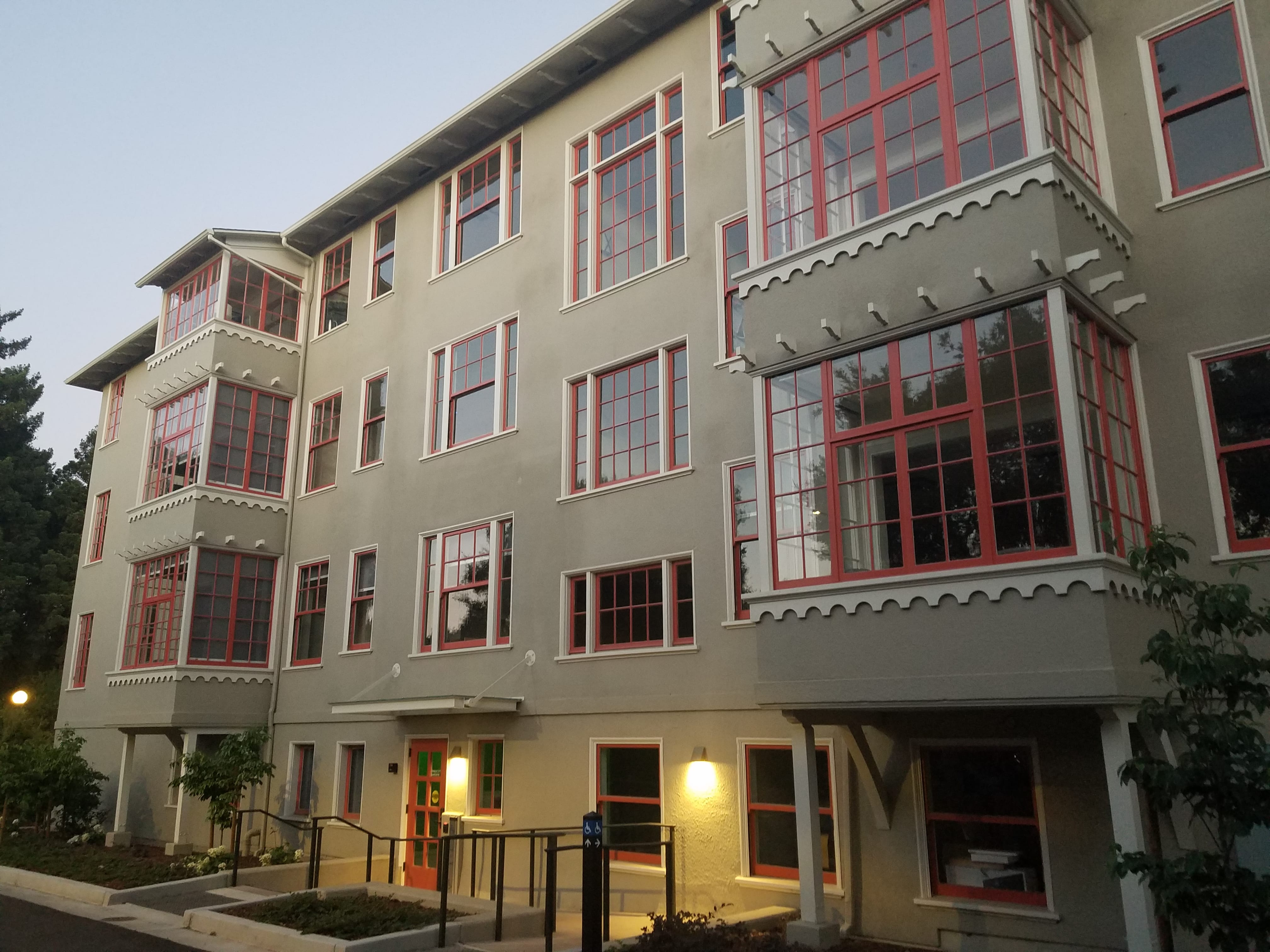The Palo Alto school board unanimously passed an anti-bias resolution on June 19 in response to reports of racism and discrimination within the district. The resolution comes in the wake of concern from parents, community members and civil rights groups following a clash over the renaming of a middle school.
Debate arose between Japanese-American and Chinese-American communities over naming the middle school after the late Fred Yamamoto, a Palo Alto resident who shares the surname of an unrelated Japanese admiral who planned the attack on Pearl Harbor in 1941.
According to the Palo Alto Weekly, enacting the resolution will likely involve multiple agencies and organizations that will “proactively work to ensure the rights and privileges of everyone in its schools regardless of race, ancestry, religion, country of birth, immigration status, disability, gender, sexual orientation or gender identity.”
“I do think it sends a strong message to the community, and that includes Stanford, that we are inclusive and that we welcome people of all types and backgrounds,” said Jennifer DiBrienza, vice president of the school board.
According to DiBrienza, Stanford is “an integral part of [the] system of Palo Alto,” and she hopes that the benefits of the resolution can extend to both communities.
“Many of our students in our district are connected to Stanford in some way, either parents or professors or graduate students or students,” DiBrienza said. “Many of our schools have family members of the Stanford community, so hopefully it’ll benefit them.”
For Rosa Gonzalez, director of Stanford’s Diversity and Access Office, the resolution is a “reaffirmation” of civil rights laws that date back to the Civil Rights Act of 1964.
According to Gonzalez, efforts can be made on Stanford’s campus to echo the actions taking place in the larger Palo Alto community. Gonzalez also pointed to other resources on campus that specialize in promoting inclusive behavior, such as Stanford’s Diversity and First Generation Office.
Disputes regarding bias and cultural differences pervade Stanford’s institutional history. In 1930, Stanford adopted the “Indian” as its symbol and mascot. This changed in 1972, however, when a group of Native American students voiced their concerns over the racially-charged name to former University President Richard Lyman. Now, Stanford has adopted the “Cardinal” as its nickname and the tree as its mascot.
In recent years, Native American students have protested against campus landmarks — the street and the freshman residence — named after Junipero Serra, whose legacy as California’s pioneering missionary is marred by his mistreatment of Native Americans. Often credited as the Spanish missionary who founded the California mission system, Serra’s name has come under fire for his mistreatment of Native Americans. President Marc Tessier-Lavigne has appointed a series of committees to address the issue. The first is tasked with devising principles regarding renaming decisions generally; the second must apply those principles to Serra’s case specifically.
“The prominence of Serra’s name on campus perpetuates the history of abuse,” Leo John Bird ’17, a Stanford alumnus and Native American, told the Mercury News. “When we’re only uplifting a singular history, how are we contributing to the colonization of American Indian people?”
While Gonzalez displays doubt in the effectiveness of the Palo Alto anti-bias resolution, Ta Tang, a first year Ph.D at Stanford, argues how it may strengthen inclusion on campus.
“Surely there will be some impact,” Tang said, “because Stanford is a multicultural community … This policy will sort of enforce this opinion that you should treat everyone equally. Some of the culture might not be the mainstream and they need to be protected, so I guess this policy will be beneficial for these minorities.”
For DiBrienza, the key to understanding and overcoming bias within Palo Alto is not a matter of stamping it out, but rather a process of self-reflection.
“To have biases is human; to acknowledge them is humane,” DiBrienza said. “We all have them, but to look at them and think about why we think what we think and to be aware of how that impacts how we interact with our community members, I think it makes us all better.”
Contact Ayden Salazar at aydensalazar09 ‘at’ gmail.com
